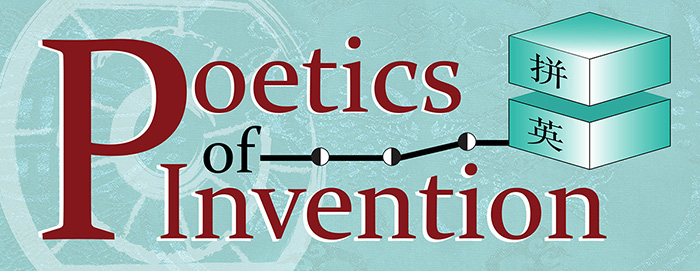Providing a phonetic bridge between Chinese and English.
Problem:
While hundreds of millions of students in China study English for over ten years as part of their regular schooling, only a small fraction go on to use the language beyond the classroom. Many Chinese English learners report that this is due to anxiety over uncertainty around English pronunciation.
数以亿计中国学生在学校里学习十多年的英语,只有极小一部分在走出了校门后继续使用英语。很多中国英语学习者反应很大程度上这种情况是源于对英语发音的不确定引起的焦虑。
Solution:
Pinying offers a stable phonetic bridge between Standard Mandarin and Standard English sounds so that Chinese English learners know exactly which sounds go in which order, alleviating the guesswork of English phonetics and pronunciation.
“拼英”在标准普通话和标准英语之间架起一座稳定的发音桥梁,从而使中国的英语学习者可以准确知道该发什么音、该怎么发,这样来减少对英语语音和发音的困惑。
Problem:
虽然中国人会自然而然地使用汉字来表示英语发音,但这种传统方法会导致很多发音错误,使得学习者无法发挥自己的最大潜能。
While it is natural for people in China to use Chinese characters to represent English sounds, the conventional method of doing so leads to many commonplace pronunciation errors that hold Chinese English speakers back from their full potential.
Solution:
“拼英”系统把常用的汉字解析成声母和韵母,而不是再用单字来指代一个完整的音节。通过这种精确的解析来分离出想要的发音,“拼英”能够使学习者避免省略重要的英语发音,同时避免添加不规则的发音。
The Pinying system undoes the influence of the old way of using Chinese characters to learn English pronunciation by parsing common Chinese characters into their consonant and vowel sounds rather than using each as a full syllable. This precision isolates the desired sounds, allowing Pinying to prevent students from deleting important English sounds and from adding irregular sounds.
Problem:
Most Chinese English speakers do not pronounce the /th/ sounds, the /v/ sound, or the /s/ sound in words like /pleasure/ or /usual/, but instead substitute them for irregular sounds.
大多数中国英语学习者发不出/th/音,/v/音,或/s/在/pleasure/ 或 /usual/中的音,相反,他们会用一些不规则的发音来替换这些的发音。
Solution:
Pinying has four new characters that tell learners exactly how to make these sounds with their mouths:
1. /th/ as in /thin/ is now 咬舌 “bite the tongue”
2. /th/ as in /the/ is 浊咬舌 “bite the tongue and vibrate your larynx”
3. /v/ as in /love/ is 浊发 “make the consonant sound /f/ while vibrating your larynx”
4. /s/ as in /pleasure/ is 浊沙 “make the consonant sound /sh/ while vibrating your larynx.”
“拼英”用四个全新的汉字来告知学习者如何准确发出这些音。
1. 单词thin中的th在 “拼英” 中称为 “咬舌” ,所谓 “咬着舌头发音” 。
2. 单词the中的th在 “拼英” 中称为 “浊咬舌” ,所谓 “咬着舌头同时震动喉头” 。
3. 单词love中的v在 “拼英” 中称为 “浊发” ,所谓 “发辅音/f/同时震动喉头” 。
4. 单词pleasure中的s在 “拼英” 中称为 “浊沙” ,所谓 “发辅音/sh/同时震动喉头” 。




